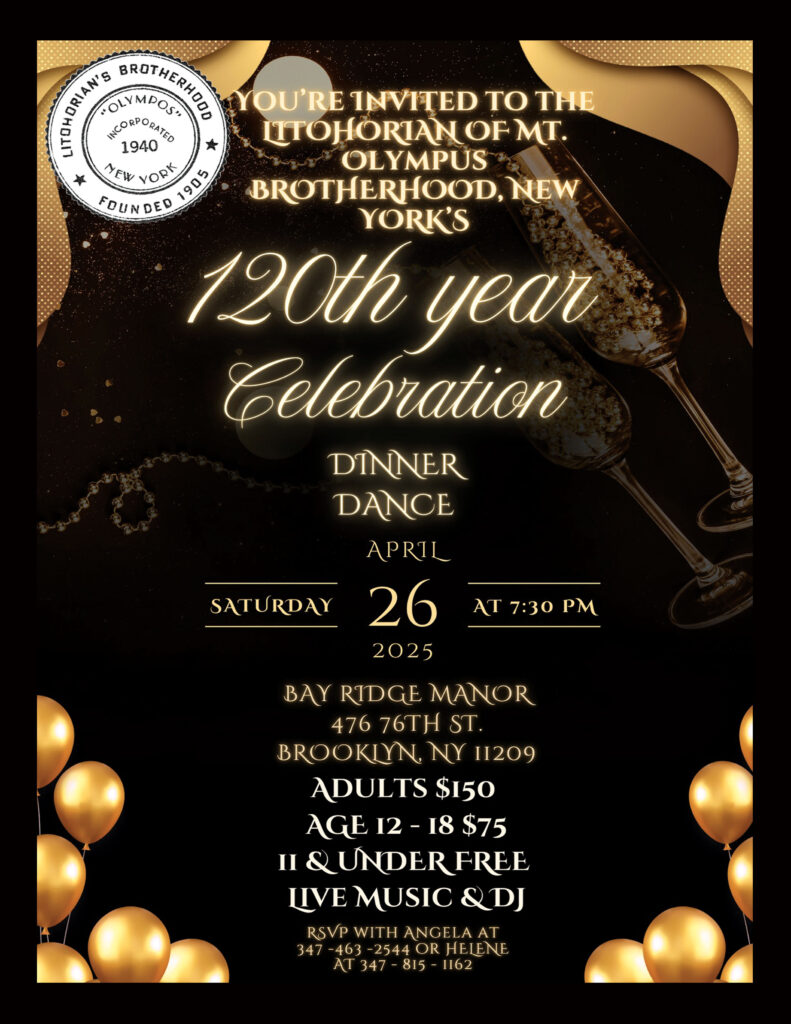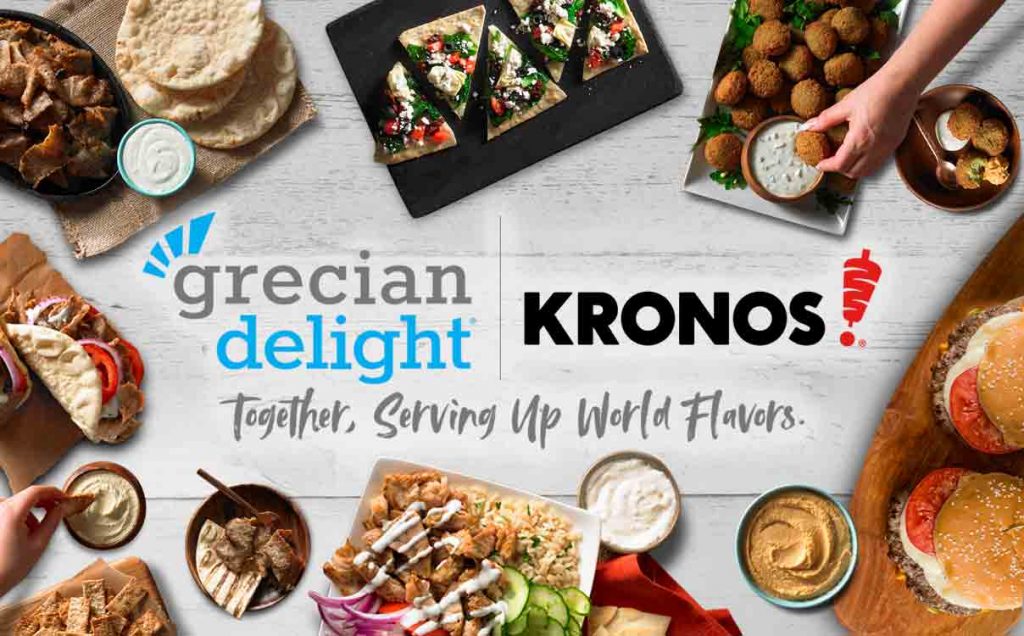Design Trends For Unpredictable Times
Posted by estiator at 11 August, at 07 : 08 AM Print
COVER STORY
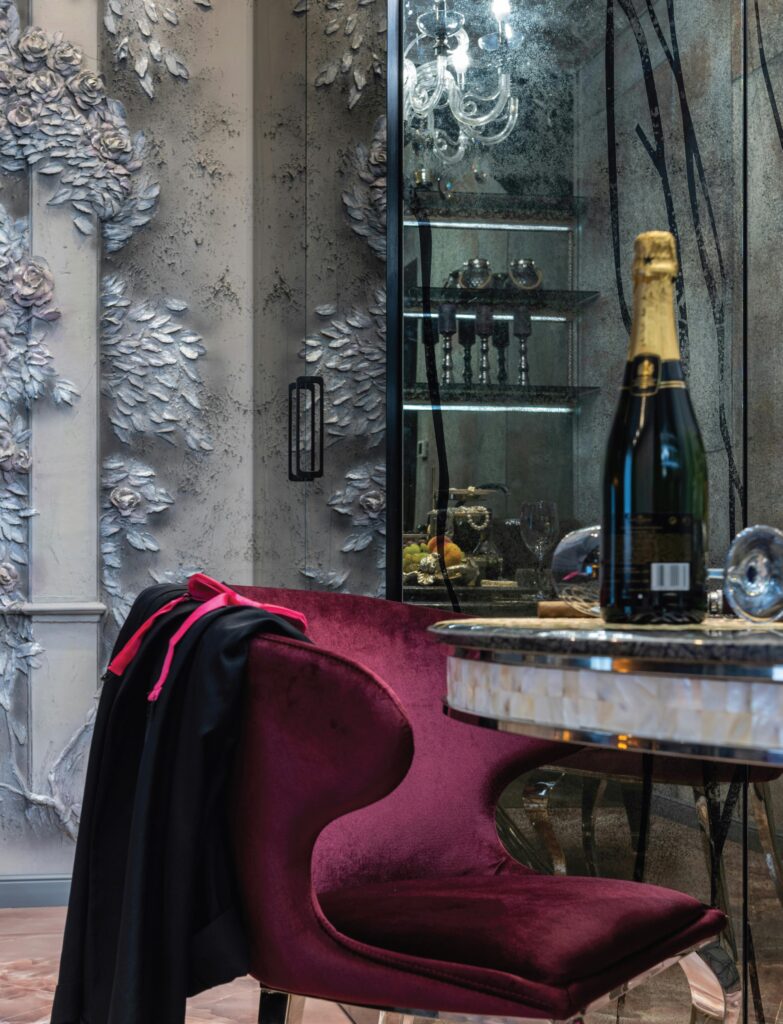
Design Trends For Unpredictable Times
Diners crave “sensorial decadence and emotional comfort,” experts say. Here’s how to deliver it. By Michael Kaminer
Redesigns, rethinks, renovations, and rebrands used to be seasonal. You’d wait until business quieted down, hang up the “Closed” sign, and work on making your business even better.
Now the new normal is to think about updates all year. Partly because of remote and hybrid work, business is less seasonal, with consumers working on vacation and vacationing while they work. The hyperspeed TikTok economy also means consumers don’t just embrace change―they expect it.
With that in mind, here’s a roundup of trends we’re seeing across the restaurant universe, from menu design to creative decor to plating and coursing. You know your business better than anyone, so we hope these inspire you to follow your own muse and bring in even bigger crowds and heftier profits.
Back to the future with retro materials
Maybe you should think about restoring, not replacing, decor that seems dated. According to Hospitality Design, retro is “undergoing a fresh transformation. The contemporary adaptation of retro materials, such as glass block, darker wood tones, and mirrored walls, is experiencing a captivating resurgence.” Old-school materials are a hit with younger consumers who are constantly doing deep dives on previous decades in music and fashion. Who would have guessed the 1990s would be this year’s hottest decade?
Example: Chicago’s Little Goat Diner, which features a design concept described as “retro electrica” that takes cues from iconic diner typology and marries it with highlights of berry, peach, and sage hues, according to Hospitality Design.

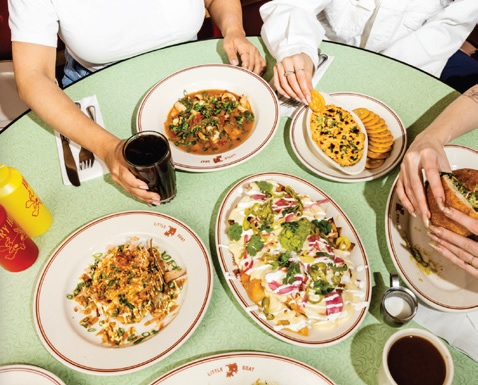
Experience wanted: Creative activations
Post-pandemic, the buzzword in hospitality has been experiences; though interpretations are wide open, the take-away is that consumers want memories, not just rooms, food, or material things. You know your customer base best, so you’ll understand whether it’s a DJ next to the kitchen, a collaboration with another local chef, a one-night-only themed menu, a costumed evening, or even just a focus on one region whose cuisine you don’t usually feature. Wine tastings, off-hours classes with chefs, and charity events all help give diners a fresh take on a familiar spot―and make them eager for your next surprise.
Touching customers with “sensory decadence”
When diners unplug from their devices or computers in your restaurant, they want an invitation to “step away from the digital world and indulge in sensorial decadence and emotional com – fort,” according to a report from global commercial flooring designers Belysse. “Celebrating pleasurable, multisensory experiences… blends nostalgia with childlike wonder, offering both indulgent comfort and mental rejuvenation.”
Examples: sumptuous textures like plush velvet and fluffy materials; playful shapes with unexpected proportions; rich, almost edible colors paired with neutral tones to balance sensory impact; and sensuous flooring that promises an indulgent experience through texture or color.
…but also warming diners with “folk” trends
On the other hand, Belysse also foresees what it calls the folklore trend―especially relevant for Greek restaurants, whose decor and menus tend toward heritage and traditional designs. Folklore “embraces our desire for deeper connections through community, craftsmanship, and our reverence for the Earth. It prioritizes authenticity and intrinsic value, creating environments that nurture our well-being and nourish our souls,” the company says.
Examples: natural materials with organic qualities, celebrating imperfection and connecting us to the environment; deliberate use of raw edges and undone finishes; neutral and weathered tones inspired by organic pigments; and flooring with rugged, natural appearances.
For consumers, sustainability is standard
Sustainability is no longer a feel-good element or a one-off gesture. Consumers―especially luxury consumers, surveys say―now expect sustainability to be baked into business operations. “Eco-consciousness is now mainstream, and sustainable materials and practices are necessary for forward-thinking restaurant interior design today,” design firm Hipcouch said in a recent report.
“Designers are choosing renewable, recycled, and reclaimed materials like solar panels and energy-efficient lighting for finishes and furnishings,” Hipcouch notes. Smart water filtration, low-flow plumbing, and on-site water reuse systems are also popular eco-friendly trends. “Ultimately, sustainability also offers monetary savings on utility bills, but the most significant benefit is customer perception. Patrons increasingly expect and reward businesses with legitimate green practices,” the report says.
You’re getting warmer: Consumers crave comfort colors
For the rest of the year into 2025, “a warmer palette of golden yellows, oranges, sunburnt reds, and lush greens is what is awaiting,” according to Duni, a global restaurant consultancy based in Malmo, Sweden. “We will see patterns driven by tradition such as classic stripes, plaid, checks and ditsy florals. We will also see a maximalist approach, with prints such as geometric color blocking, vibrant blooms, and icons.” The trend doesn’t necessarily mean repainting your entire restaurant orange; accessories and even lighting can bring warm colors into a dining room.
As the world gets more unpredictable, Duni’s report says, diners “seek to live a more uncomplicated life, cherishing our heirlooms and expressing us with warm colors and fluid forms.”

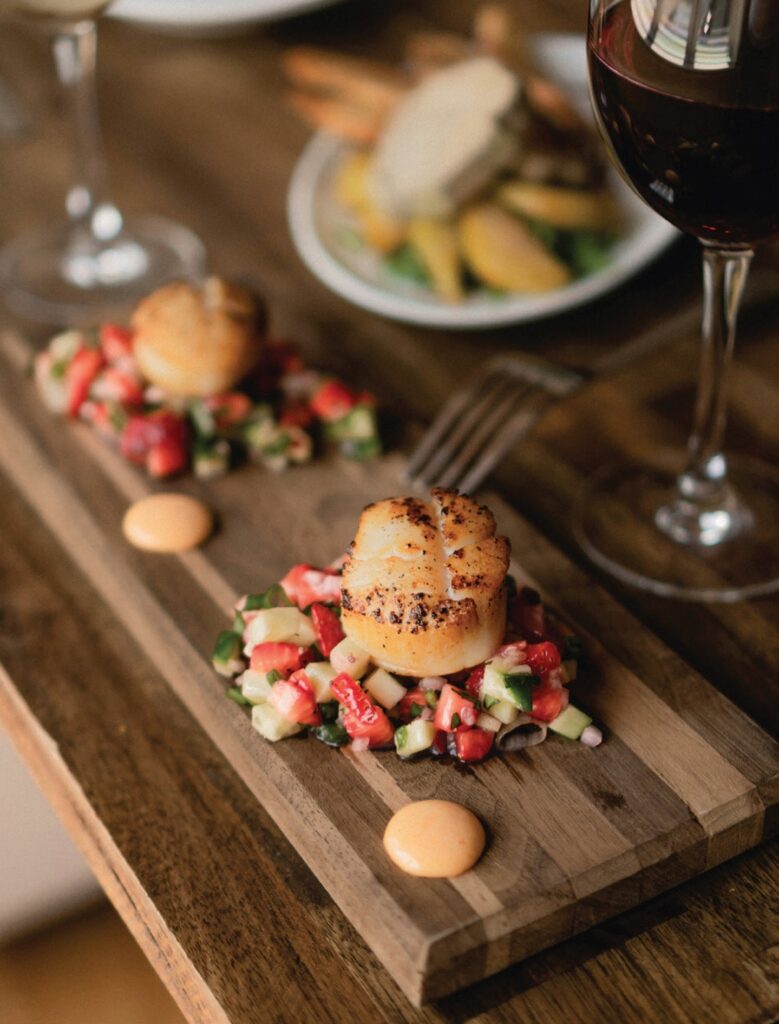
Texture sets the table
Likewise, simplicity is emerging as a major trend in restaurant tableware. Enamelware, stoneware, and vintage stainless steel are seeing huge resurgences in hospitality, according to a report from online tableware retailer LoveTiki.
“Enamelware’s classic appeal and rustic elegance make it a versatile choice for both casual and upscale dining experiences. Its ability to withstand high temperatures and resist staining makes it a practical yet stylish option for restaurants seeking vintage-inspired tableware with a modern twist,” the report says.
Stoneware, “renowned for its earthy textures and organic aesthetics, continues to captivate hospitality professionals and customers alike. Its durability, heat retention properties, and unique glazes make it an ideal choice for presenting culinary creations in a visually appealing manner. From artisanal plates to rustic serving bowls, stoneware adds a touch of warmth and authenticity to dining set- ups, enhancing the overall ambiance of restaurants and eateries,” according to LoveTiki.
And vintage steel tableware, “embracing nostalgia and industrial chic, is gaining popularity among discerning restaurateurs seeking to make a statement,” the report says. “With its weathered patina and rugged charm, vintage steel adds character and depth to dining experiences. From serving trays to cutlery sets, incorporating vintage steel tableware lends a sense of authenticity and history to hospitality establishments, creating memorable moments for guests.”
Flush with success: Restaurant bathrooms get fancy
Think about your own experiences when visiting a restaurant’s bathroom; cleanliness, fixtures, and materials can affect your entire impression of the place. Luxury bathrooms are becoming increasingly popular in restaurant set- tings, offering a high-end and indulgent experience for customers. The latest design trends include sleek and minimalist fixtures, such as floating vanities and wall-mounted toilets, which create a clean and modern aesthetic. High- tech features, such as smart mirrors with built-in lighting and hands-free faucets, toilets, and hand dryers are also on the rise, offering convenience and customization. Natural materials like marble and stone are becoming more sought-after for the feelings of opulence and luxury they create. With these design elements, commercial establishments can create a luxurious bath- room experience that leave customers awash in positive feelings.
Things are looking up: Ceiling decor takes center stage
In the era of Instagrammable everything, businesses are now embracing the chance to make statements with their ceilings as well as walls and floors, says WebrestaurantStore.com. From intricate patterns and vibrant colors to unique lighting fixtures and suspended art installations, the ceiling is becoming an integral part of the overall design aesthetic. Consider using creative patterns, plants, bold colors, and unique textures to add a touch of personality and style to any commercial space. This trend lets businesses create a truly immersive and captivating experience for their customers. New Jersey’s Brownstone Pancake Factory, featured in September 2023’s Estiator, hangs bicycles upside-down from above; some stores have an “upside-down” room, with clouds on the floor and “greenery” on the ceiling.
Power seating
Guests might visit your restaurant for different occasions—date night, beer with pals, or a quick lunch. To entice regular visits for distinct purposes, restaurants are creating different seating areas and departing from the formulaic lines of booths and tables, says PizzaToday magazine. Instead, restaurants are mixing picnic tables, couches, bar seating, pub-height tables, booths, and more to offer seating diversity. “This way, the guest experience isn’t the same every time they visit,” says David Shove-Brown, partner and co-founder of //3877, an architecture and design firm with offices in New York and Washington, D.C. “They can have a different experience and be inspired to come back for a different occasion.”
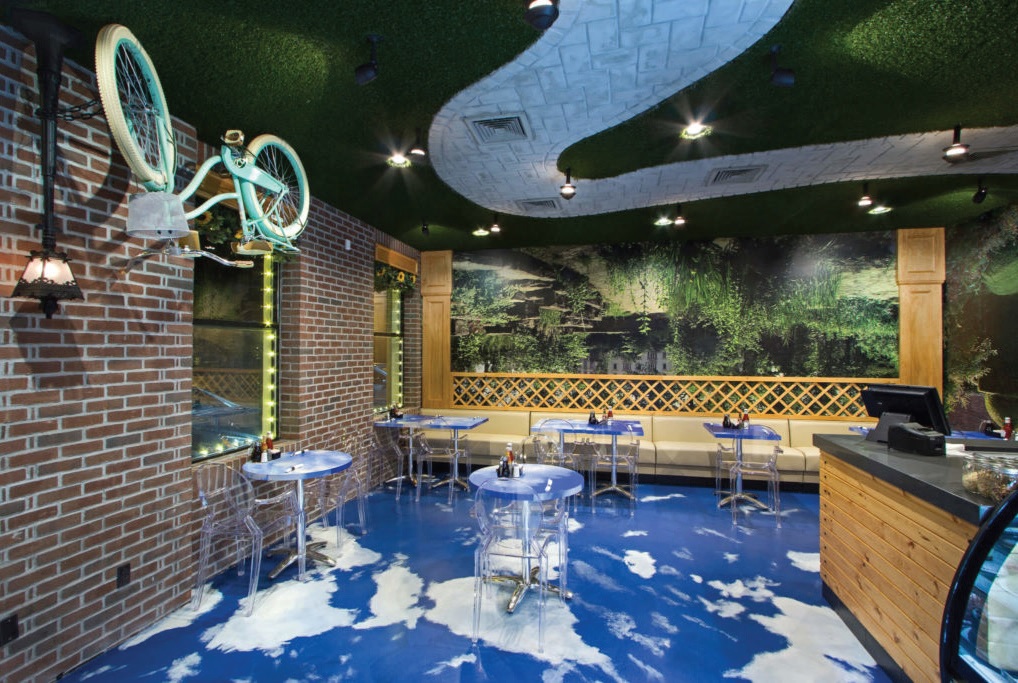
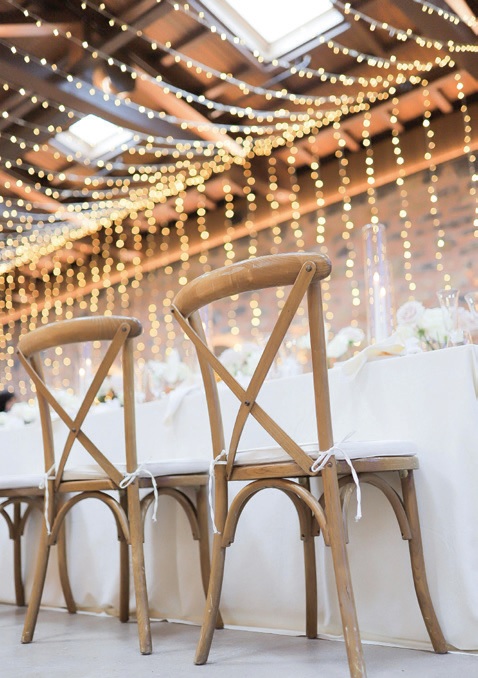
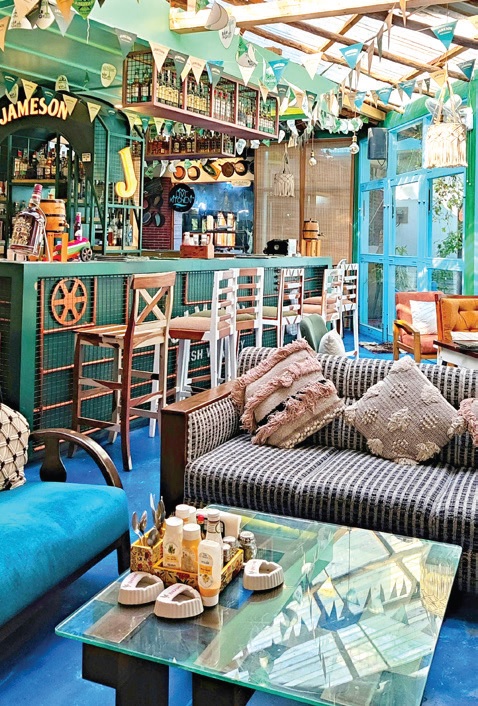
Multifunction isn’t just for printers
Restaurants are transforming into flexible spaces that cater to diverse needs, serving as brunch spots, event venues, or co-working areas during non-peak hours, according to restaurant furniture maker TimeWorn. Versatile furnishings and modular designs maximize space utilization, allowing quick adaptations to different functions. Drop- leaf tables can help you to capitalize on this trend.
Some examples of how to monetize your space off- hours: Design your dining area to be easily convertible into a space for events like weddings, corporate events, or parties. Host book club meetings, poetry readings, or author signings. Use the space for special wine-tastιng events or pairings with meals. And transform the space seasonally for events like Greek Easter, summer beach parties, or winter wonderlands.



